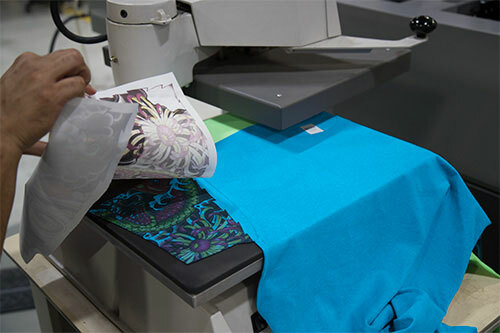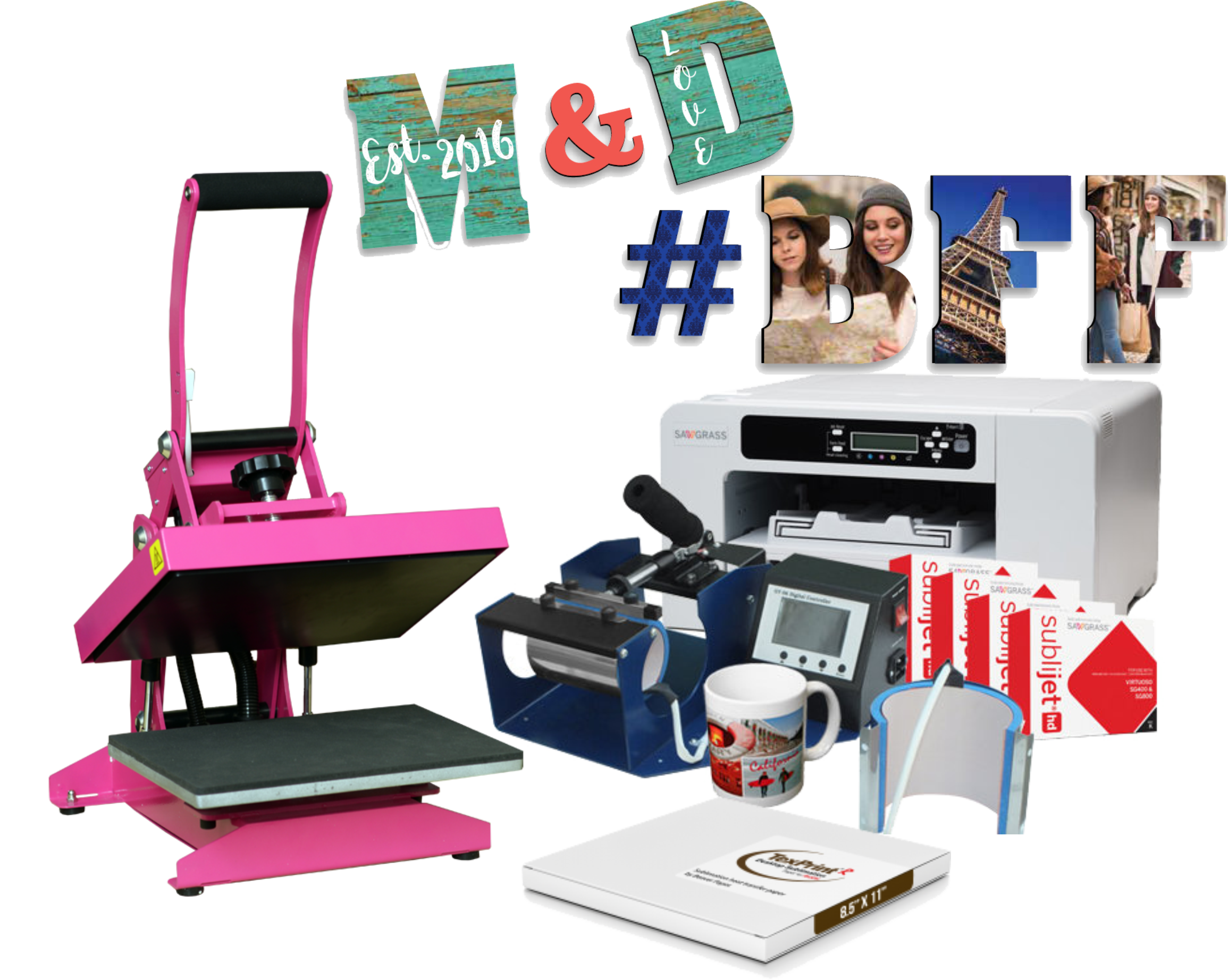The Reason Why DTF Printing is the Future of Personalized Clothing Production
The Reason Why DTF Printing is the Future of Personalized Clothing Production
Blog Article
A Comprehensive Guide to the Various Kinds Of Cloth Printing Strategies
Each technique, from the precise workmanship of block printing to the quick effectiveness of screen printing, offers unique objectives and uses unique advantages. Digital printing's flexibility and environmental awareness stand in raw contrast to the swift personalization of warmth transfer printing.
Block Printing
Block Printing, among the oldest methods of fabric decoration, has an abundant background that dates back to ancient human beings. Originating in China around 220 A.D., this strategy later on spread out to India and at some point Europe. The procedure includes carving elaborate layouts into wood blocks, which are after that dipped in dye and pressed onto material to create patterns. This technique is notable for its capacity to produce highly described and repeated designs.
The accuracy and craftsmanship associated with block printing make it a labor-intensive procedure, however it additionally enables a high level of modification. Artisans can develop one-of-a-kind patterns by incorporating different blocks or differing the application of dye. This adaptability has added to the long-lasting appeal of block printing in both modern and traditional textile style.
Block printing is especially valued for its aesthetic qualities, including the small variants in pattern and color that result from the hand-printing process. These blemishes provide a distinct personality to every piece, identifying it from mass-produced textiles. Despite advances in contemporary printing modern technologies, obstruct printing continues to be a cherished method, commemorated for its historic significance and creative worth.
Display Printing
Display printing, an additional noticeable fabric decoration strategy, has changed the market with its effectiveness and adaptability. This method includes producing a stencil, referred to as a display, and utilizing it to use layers of ink on the printing surface. Each color in the layout calls for a different display, which permits elaborate and vibrant multi-colored prints.

One of the essential benefits of display printing is its versatility to numerous kinds of materials, consisting of cotton, polyester, and blends. This technique is especially appropriate for large-volume orders because of its cost-effectiveness and rate. The durability of the prints is one more substantial advantage, as the ink bonds well with the textile, ensuring durable layouts that endure multiple cleans.
The process starts with preparing the screens by covering them with a light-sensitive emulsion. When dried out, the layout is moved onto the emulsion-coated screen using a UV light resource. The exposed areas harden while the unexposed parts are removed, producing a stencil. Ink is after that pressed via the pattern onto the material making use of a squeegee.
Display printing is widely utilized in the fashion market, advertising products, and customized clothing. Its ability for check out this site top quality, comprehensive prints protects its condition as a foundation strategy in textile printing.
Digital Printing
Digital printing has actually quickly become a sophisticated strategy in the textile market, leveraging sophisticated technology to generate high-resolution styles directly onto textile. Unlike traditional approaches, electronic printing uses inkjet printers to deposit pigment or dye-based inks onto fabrics, making it possible for vivid and complex patterns with an amazing degree of detail and shade accuracy.
One of the main advantages of electronic printing is its versatility. This technique permits for on-demand printing, which considerably lowers waste and reduces inventory prices.
Additionally, digital printing is eco pleasant. Branded clothing. It uses water-based inks and requires less water and energy compared to conventional strategies, aligning with lasting methods. The precision of electronic printing likewise allows using a broader series of textiles, including cotton, silk, polyester, and blends, guaranteeing versatility across different applications
Warmth Transfer Printing
How does heat transfer printing reinvent material style? Heat transfer printing entails using warmth and see post stress to move a style from a specifically created paper onto textile.
One of the key benefits of warmth transfer printing is its ability to produce top quality, detailed photos rapidly and successfully. It is especially well-suited for tiny production runs and custom-made orders, making it a preferred option for customized clothing and promotional things. Additionally, this technique is functional, fitting various kinds of fabrics consisting of cotton, polyester, and blends.
Furthermore, warm transfer printing is fairly affordable compared to other approaches, as it needs very little configuration and lower preliminary financial investment - screen printing. This price, combined with its capacity for producing vibrant, sturdy prints, emphasizes its critical duty in modern material see here now design

Dye Sublimation Printing
Dye sublimation printing, an innovative fabric printing strategy, supplies unmatched vibrancy and long life for layouts on different synthetic textiles. The printed transfer paper is then put on the fabric, and both are subjected to high heat and stress utilizing a warmth press.
Among the crucial advantages of dye sublimation printing is its ability to produce continuous-tone prints with detailed details and vivid shades. Unlike other printing approaches, the dye enters into the material instead of sitting on top of it, resulting in a breathable and soft coating. This method is particularly reliable on polyester and various other synthetic materials, making it a preferred selection for sportswear, banners, and home fabrics. Additionally, color sublimation is environmentally friendly, as it needs no water and produces minimal waste, lining up with sustainable manufacturing practices.
Conclusion
Block printing is admired for its artisanal top quality, while display printing is helpful for high-volume production. Digital printing gives adaptability and ecological benefits, whereas heat transfer printing is perfect for quick customization.
Each approach, from the meticulous workmanship of block printing to the rapid efficiency of screen printing, offers distinct functions and uses distinct benefits. Digital printing's adaptability and environmental consciousness stand in stark comparison to the speedy customization of warm transfer printing. Regardless of advances in modern printing modern technologies, obstruct printing remains a valued strategy, commemorated for its historic value and creative value.
Dye sublimation printing, an innovative material printing technique, provides unequaled vibrancy and longevity for styles on numerous artificial materials. Digital printing supplies convenience and ecological advantages, whereas warmth transfer printing is optimal for fast personalization.
Report this page